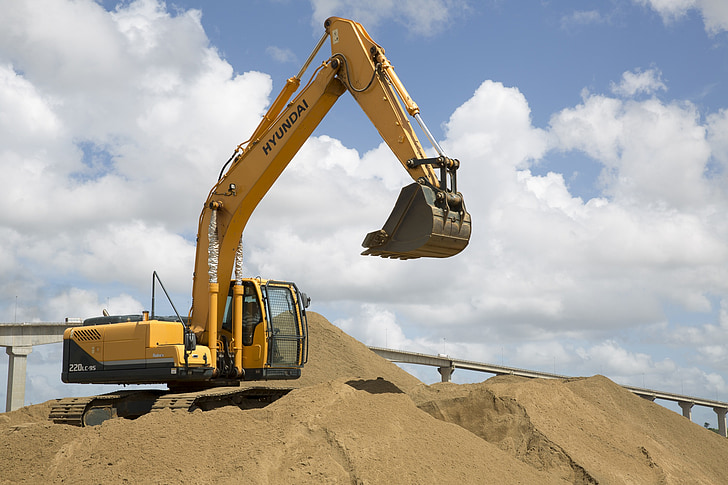The global battery market for electric construction, agriculture, and mining (CAM) machinery is poised for significant growth. According to market research firm IDTechEx, which focuses on emerging technologies, this sector presents considerable expansion opportunities.
The report highlights that construction equipment, particularly excavators, will lead the shift towards electrification. Large excavators, weighing over six tonnes, currently contribute nearly half of the emissions from construction machines, making them a key focus for electrification initiatives.
When considering electric equipment, construction professionals must take into account various factors, with the report emphasizing that establishing charging infrastructure on job sites is a pressing concern.
Battery Demand for Construction Machinery
The report points out that construction companies must evaluate if electric machinery can operate for an entire workday on a single charge. Battery requirements vary widely across CAM equipment types. For instance, tractors consume around 50% more energy per hour than other CAM machinery, necessitating larger battery capacities than vehicles like mining light-duty trucks.
Current battery technologies used in CAM machines include lithium iron phosphate (LFP) and nickel manganese cobalt (NMC), borrowed from the automotive industry. However, the report suggests that new battery types could be more suited to construction needs.
Challenges in Construction Battery Technology
The transition to electric CAM machinery brings technical challenges. IDTechEx notes that CAM machines require faster charging solutions than electric cars to reduce operational downtime. However, this presents a challenge due to the trade-off between charging speed and the energy density of current battery technologies.
Manufacturers are investigating new battery chemistries to overcome these obstacles. The report highlights that lithium titanate batteries may offer a potential solution, as they can provide more than 10,000 charging cycles before needing replacement, compared to the approximately 5,000 cycles available from current NMC and LFP batteries.
Advances in Battery Safety and Solid-State Development
Safety concerns are also a driving force behind the development of new battery technologies for CAM machinery. According to the report, solid-state batteries could offer enhanced safety, particularly important for equipment used in confined spaces, like underground loaders or mini excavators.
However, the manufacturing of solid-state batteries presents its own challenges. IDTechEx points out that producing thin, high-quality electrolytes and maintaining effective connections between electrolytes and electrodes remain difficult.
Additionally, there are regional differences in battery chemistry preferences. The report reveals that European and North American manufacturers tend to favor NMC batteries, while Chinese manufacturers often use LFP chemistry. Emerging technologies being explored include silicon anode, solid-state, and sodium-ion batteries.
Dr. Richard Collins, a Technology Analyst at IDTechEx, notes that “the transition to electric machines in the construction industry will require a thorough assessment of multiple battery chemistries. No single solution currently addresses all the industry’s needs for power, longevity, and safety.”

